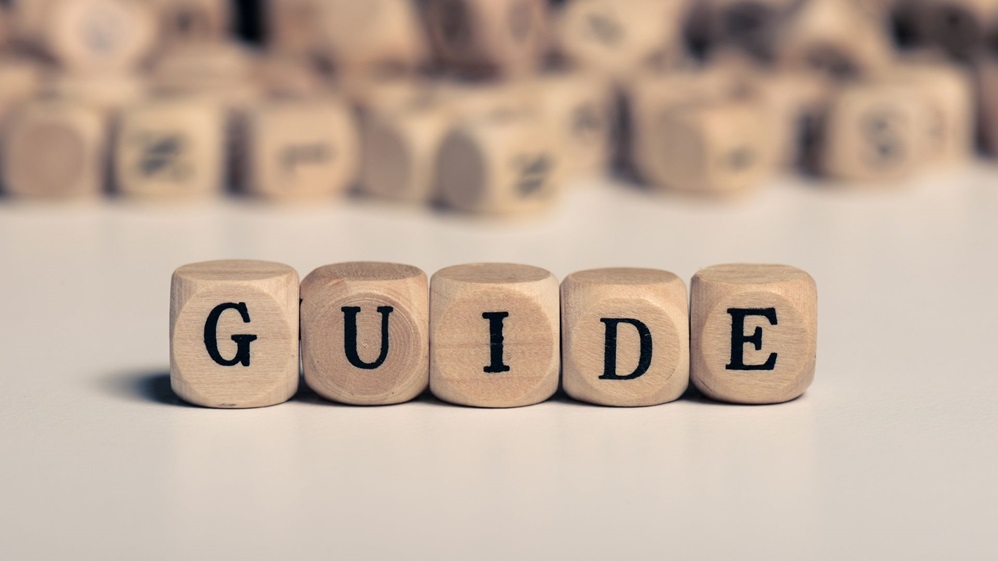One of the most crucial parts of automobile maintenance is tire pressure. It can cause a number of issues, including poor fuel efficiency and tire wear if it is not properly maintained. Furthermore, it has the potential to generate blowouts, which can be deadly. The proper tire pressure and how to maintain it will be discussed in this article.
What is Correct Tire Pressure?
Tire pressure is the measure of air that is inside a tire. It is measured in pounds per square inch (PSI). The correct tire pressure for your car will be listed in the owner’s manual or on a sticker inside the driver’s door. It is important to check your tire pressure at least once a month and before long road trips.
If you want to do it yourself, here are some tips on how to check your tire pressure:
- Use a digital tire gauge.
- Press the gauge onto the valve stem.
- Read the pressure on the gauge.
- Add or release air from your tire as needed.
- Replace the cap on the valve stem.
You can also use tire care products available at most auto parts stores to check tire pressure. Before checking your tire pressure, make sure that your tires are cold. This means that you should check your tires before driving your car for at least three hours. But it is always best to take it to an expert to get your car checked. They will be able to properly inflate or deflate your tires according to the correct PSI.
How to Maintain Correct Tire Pressure?
There are a few things that you can do to maintain correct tire pressure. First, make sure that you check your tire pressure at least once a month. You can also invest in tire pressure sensors. These sensors will monitor your tire pressure and send an alert to your phone or dashboard if it gets too low.
Another way to maintain correct tire pressure is to get your tires rotated and balanced every few months. This will help distribute the weight of your car evenly, which can help extend the life of your tires.
Finally, make sure that you keep an eye on the tread depth of your tires. If the tread gets too low, it can cause your tires to lose traction and increase the risk of a blowout. You should check your tread depth regularly and replace your tires when they get too low.
To Conclude
And that’s it! You now have a thorough understanding of proper tire pressure and how to maintain it. Consult a professional if you have any questions concerning tire maintenance.


